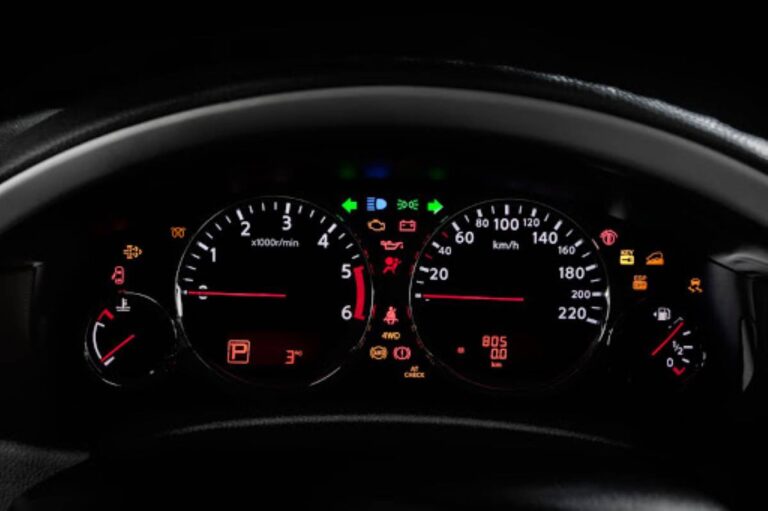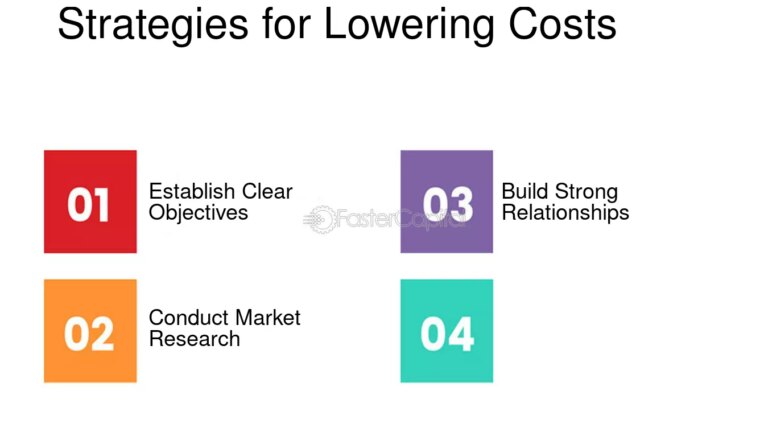La South Korea protects its automotive industry with tariff measures
South Korea is facing an increasingly competitive global environment in the automotive industry. In order to safeguard and enhance its local production, the country has implemented various tariff measures aimed at protecting its vehicle manufacturers from foreign imports. These strategic decisions aim not only to ensure the economic viability of domestic companies but also to stimulate innovation and technological development in the sector.
In a global context marked by competition and economic challenges, South Korea has made the decision to implement tariff measures to protect its automotive industry. These actions aim to strengthen local manufacturers against the growing pressure from foreign imports, thus ensuring the stability and growth of this key sector of the South Korean economy.
Background of the automotive industry in South Korea
The automotive industry in South Korea is one of the most important in the world, with internationally renowned companies. However, in recent years, competition has significantly increased. Imported models, especially from the United States and Europe, have begun to capture a considerable share of the South Korean market, raising concerns among local manufacturers.
The tariff measures: An effective solution?
The recent tariff measures are part of a broader effort to protect the interests of South Korean companies that are witnessing their market share erode. These tariffs impose an additional cost on imported vehicles, which may encourage consumers to consider more local options. However, it is debatable whether these measures will be sufficient to reverse the current trend.
Impact on the consumer
South Korean consumers might notice a change in car prices in the market as these tariffs are applied. While domestic vehicles might become more attractive due to relatively lower prices, the question remains whether this will also affect the quality and variety available to consumers.
Industry reactions
Key industry players, including Hyundai and Kia, have applauded the government’s decision. They argue that these policies are necessary to ensure that innovation and competitiveness are not compromised. However, some critics warn that relying too heavily on such measures could disincentivize competition and continuous improvement.
Future outlook
The future of the automotive industry in South Korea will depend on the effectiveness of these tariffs and other policies that the government decides to implement. Global uncertainty, particularly regarding the economy of China and its influences on the market, will also play a crucial role. Meanwhile, sector observers are keeping a close eye on how these events unfold and their impact on market dynamics.
The tariff strategy of South Korea
The South Korean automotive industry has experienced significant growth in the past decade, driven by globally recognized brands. To strengthen this position, the South Korean government has implemented various tariff measures aimed at protecting and promoting local production. These tariff policies are a strategic response to international competition and focus on mitigating the impact of tariffs imposed by other countries.
Moreover, strengthening the automotive industry is linked to job creation and technological development in the country. The tariff decisions are designed not only to protect local manufacturers but also to foster innovation and adaptation to new market demands. In this context, South Korea positions itself as a key player in the global automotive industry, ensuring its competitiveness in the face of present and future challenges.





